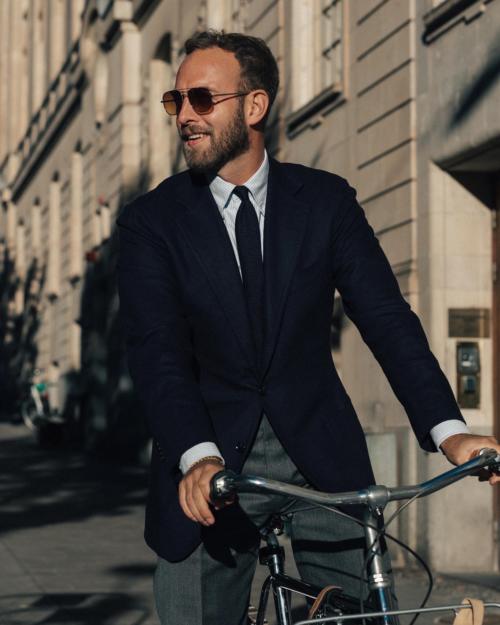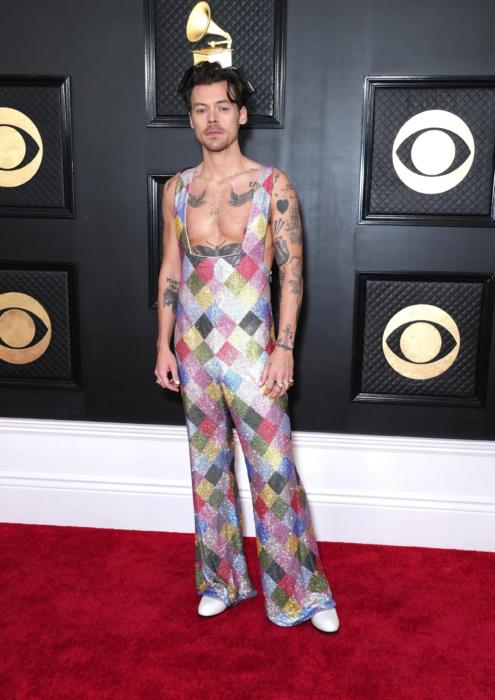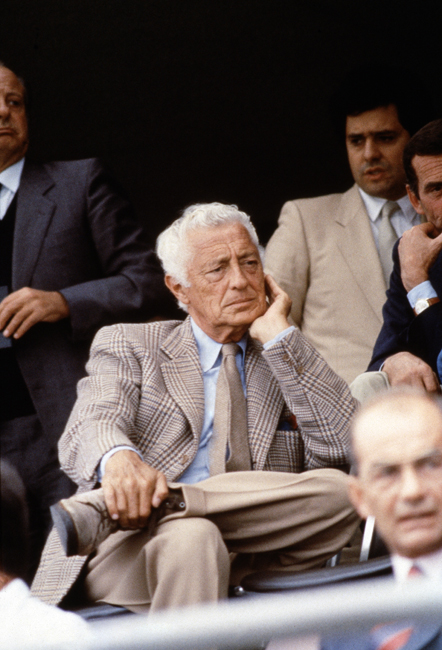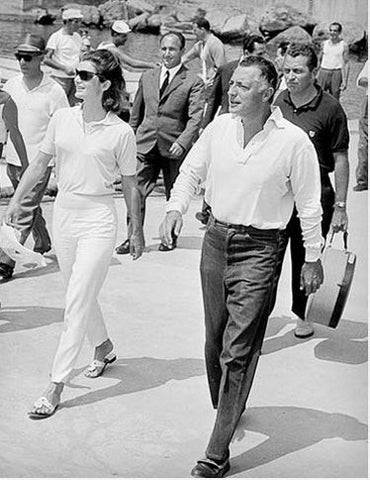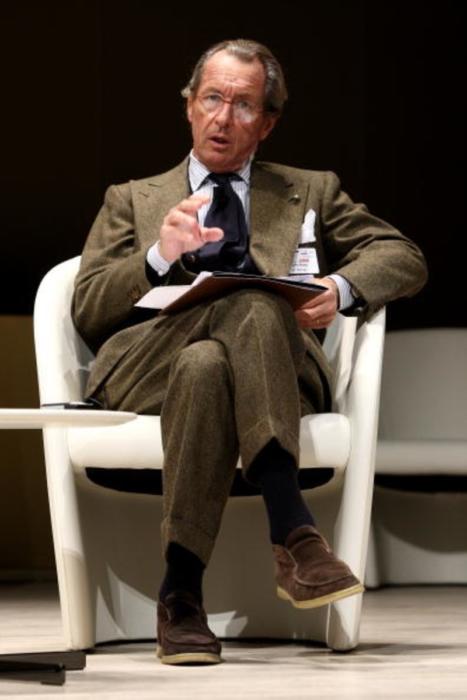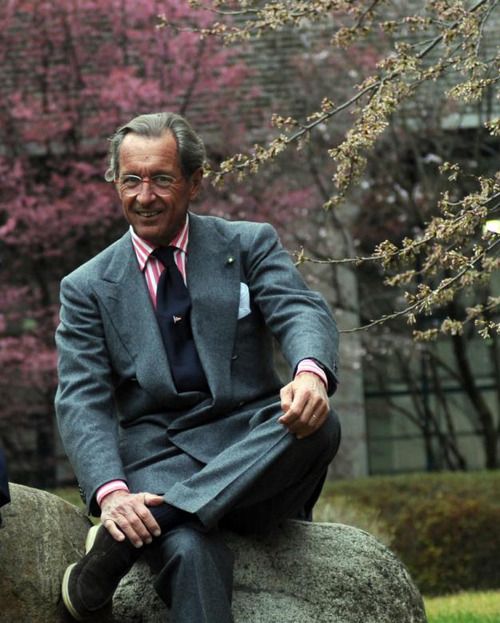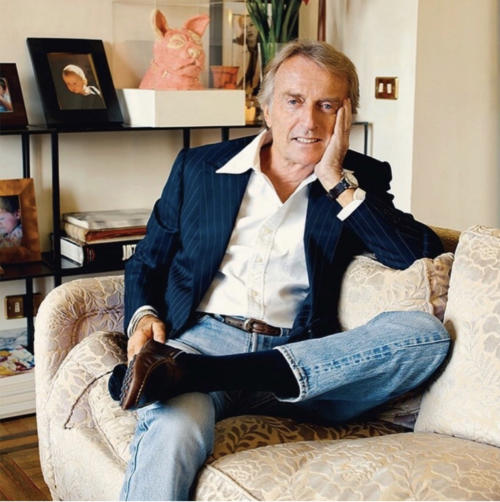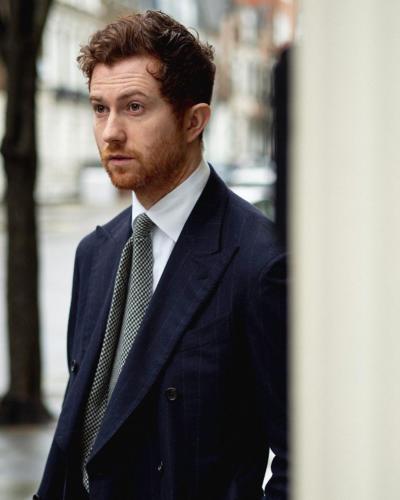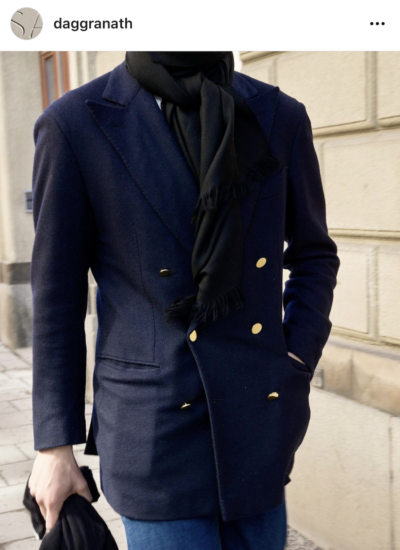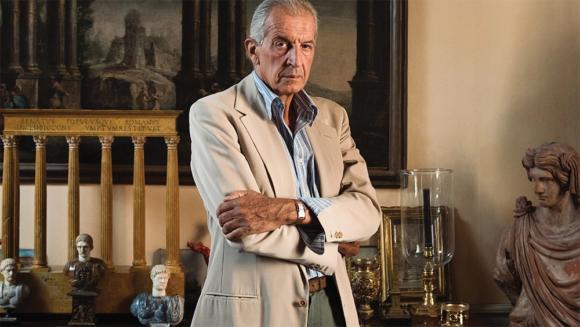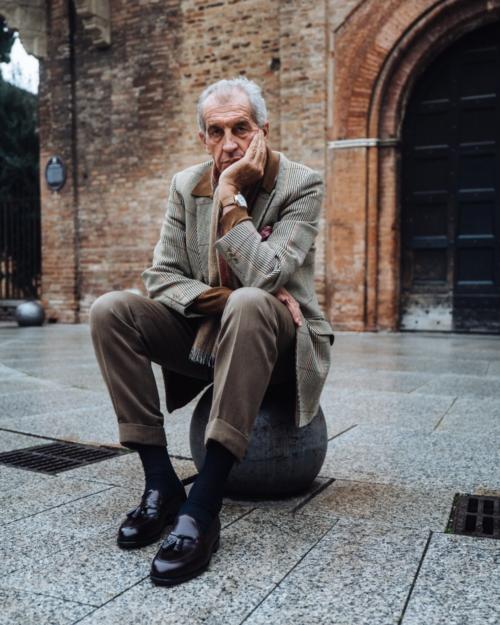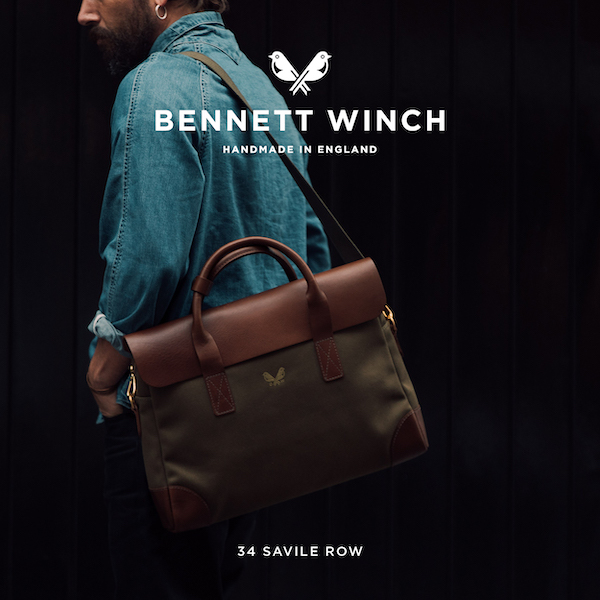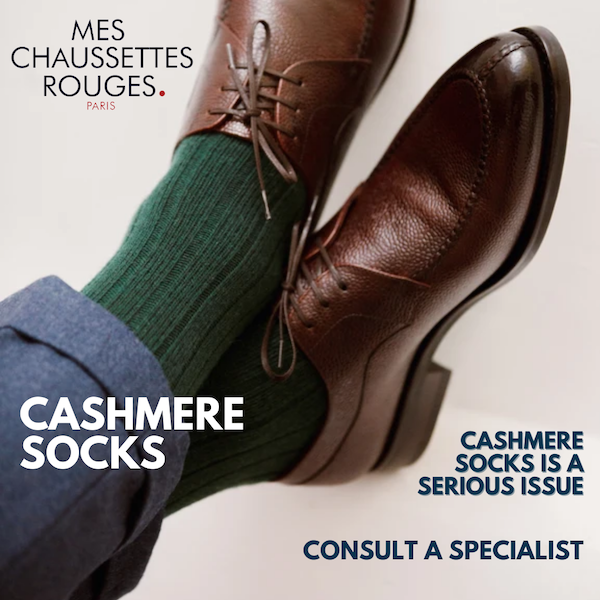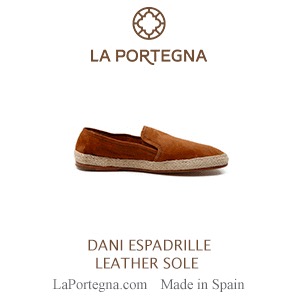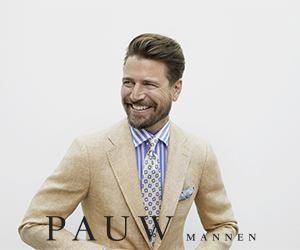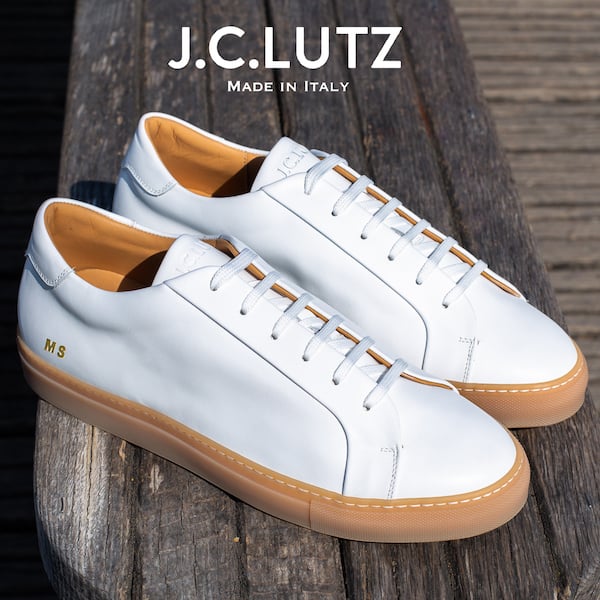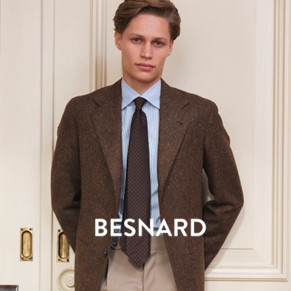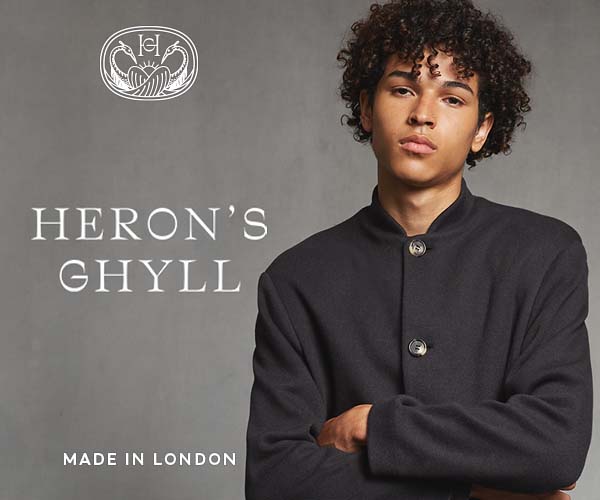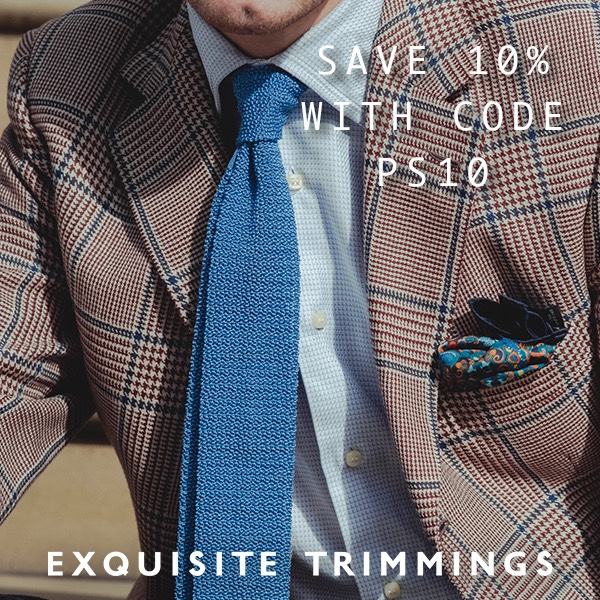To whisper with your clothes – or why I’m fascinated by old Italian industrialists
By Andreas Weinas
This headline might be one of the more confusing ones to have appeared on Permanent Style, but bear with me. Simon reached out to me at the beginning of the year, asking if I wanted to do a piece on PS about something I found particularly interesting at the moment.
I wanted to reflect on the subject, so I took a few days during my winter holiday and decided a certain counter-reaction strikes me as the most inspiring thing in menswear going into 2023.
After Covid I think we can all agree that formality has declined, in both the workplace and most of our personal life. Some fear the tie is near extinction and the jet set playboy of 2023 is wearing nothing but Brunello Cucinelli sweatpants, rather than Caraceni suits. Then there’s the celebrity influence, where the red carpet seems to be the most extreme it's ever been. In some ways the only options seem to be to scream with your outfit or give up completely.
Don’t get me wrong, this is not a conservative rant, blindly arguing for more formal dressing and the resurrection of the tie; the trends have been positive too.
In many ways, these movements have opened up the potential for more personality and creativity, certainly compared to the more restrictive nature of dressing by the ‘rules’ I encountered when I started writing about menswear 15 years ago. I constantly find inspiration in the likes of Ethan Newton or my friend Milad Abedi, both excellent examples of personal style that is aware of, but not restricted by the concept of rules.
My own style is no exception. I experiment with my tailored clothing more frequently these days, making use of knitwear or eccentric accessories rather than the more traditional shirt and tie game. A mint-green knit or even jacket, for example, a heavy western shirt under a jacket, or tonal looks like an all-black outfit.
However, in the past couple of months I've noticed a shift in what gets me going. I've been obsessing over vintage double-breasted suits and jackets from Polo (or Purple Label) Ralph Lauren (with more structure and fullness than any of my existing suits), my ties are back in rotation, and I don’t feel restricted by dressing up anymore.
It was during research on a certain Italian style icon (he may or may not have worn his watch on the outside of his shirt) that I realised how much I enjoy the subtle style of the old industrialists. Despite the formality of their suits, they always had that casual air that everyone seems to crave these days.
They’d wear a grey flannel suit and a light blue button-down shirt; if they wore a tie it would be a wool or cashmere, always a matte finish; and the shoes were most likely brown suede. Men like Luca Cordero di Montezemolo, Matteo Marzotto, Franco Minucci and perhaps more than anyone, the late Sergio Loro Piana (below).
You may well say “people wear this type of clothing all the time, what makes their suits so special?”. I think it’s all in the details. The choice of quality Goodyear-welted shoes over cemented faux-leather options, for example. The attention to fit and comfort you get in a properly constructed jacket, rather than the fused suit jackets worn with slim jeans that dominate the workspace here in Stockholm.
I think another aspect of the traditional industrialist’s elegance is the transition between formal and casual.
In almost every casual outfit, there would be a contrast in formality. The polo shirts were paired with sports coats, for example, the chunky roll necks were worn with sleek loafers, and even the jeans were a fuller cut that could compliment a cashmere or linen jacket. And perhaps most importantly, every garment looks like it’s been a treasured piece in the wardrobe for the better part of a decade.
I think a similar philosophy can be applied to the formal suits. Whether the suits were cut in London, Milan, Florence or Naples, they always had a sense of ease.
I remember the first time I was introduced to the term ‘Stile Inglese’ - Italian interpretation of classic British style - and realised how well the two sartorial concepts can be combined. Heavier British flannels like Fox Brothers in a softer Italian construction, for example, combined with OCBD shirts, single cuffs and suede loafers - rather than collar stays, French cuffs and black oxfords.
I’ll give you a few examples of modern men that I think are doing this in their style today. Jake Grantham (above, top), who I don’t think I've ever seen wear shiny shoes, combines elegant and natural colours, often in matte textures, without ever looking dull or boring.
Another is Dag Granath of Saman Amel (above, bottom). Most readers are probably aware of Dag's attention to detail from Saman Amel communications and look books, but Dag's personal style is even more stripped down: jeans, cordovan loafers, a navy jacket and a crisp shirt; it reminds me of how designers used to dress in the past.
A third example is Auro Montanari (above and below), or John Goldberger as many will know him from the watch community. Auro is an older gentleman but dresses with the same playful elegance as these other modern men. His bespoke sports coats are often worn with western shirts, soft slippers and a casual scarf, but then of course some of the finest vintage Cartier watches the world has ever seen.
With all these gentlemen, old and new, the best way I can describe the feeling they give me is that they whisper with their clothing. And like ASMR it gives me the chills. In a good way.
from Permanent Style https://ift.tt/SMZ9Uqw
via IFTTT
